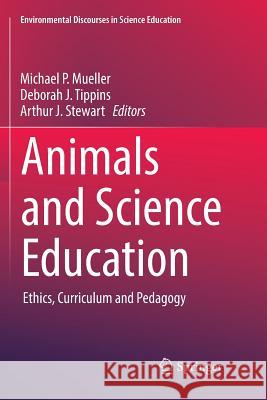Animals and Science Education: Ethics, Curriculum and Pedagogy » książka
topmenu
Animals and Science Education: Ethics, Curriculum and Pedagogy
ISBN-13: 9783319859002 / Angielski / Miękka / 2018 / 265 str.
Animals and Science Education: Ethics, Curriculum and Pedagogy
ISBN-13: 9783319859002 / Angielski / Miękka / 2018 / 265 str.
cena 605,23 zł
(netto: 576,41 VAT: 5%)
Najniższa cena z 30 dni: 578,30 zł
(netto: 576,41 VAT: 5%)
Najniższa cena z 30 dni: 578,30 zł
Termin realizacji zamówienia:
ok. 22 dni roboczych
Bez gwarancji dostawy przed świętami
ok. 22 dni roboczych
Bez gwarancji dostawy przed świętami
Darmowa dostawa!
Kategorie:
Kategorie BISAC:
Wydawca:
Springer
Seria wydawnicza:
Język:
Angielski
ISBN-13:
9783319859002
Rok wydania:
2018
Wydanie:
Softcover Repri
Ilość stron:
265
Waga:
0.40 kg
Wymiary:
23.39 x 15.6 x 1.52
Oprawa:
Miękka
Wolumenów:
01
Dodatkowe informacje:
Wydanie ilustrowane











